Galaxies are often surrounded by a halo of hydrogen gas. Over time a galaxy can lose this halo, which…
Select :
2i/BorisovAAS241AAS242AAS243almaantaresArchivesastrophotographersAstropixatmosphereblack holeblack holesbrown dwarfCASAcometConnectcosmologydata sciencedeuterium flashdiskDr Suessevent horizon telescopeexoplanetsexplorerfast blue optical transientsfireworksgalaxiesgalaxygalaxy ecosystemsgamma ray burstgreen bankgreenbank telescopeHubble ConstantImageinterstellar cometmagneticMajor InitiativesmeerKATneutron starngvlaNINEODIpoemProtoplanetaryprotoplanetary diskpulsarsradio astronomysagittarius A*satellitesspecial-featuresSt. Croixstarstar birthstar clusterstyle-pagesupernovasupernovaetelescopeTourstransientsVideoVLAVLA Learn Morevla visit pageVLBA
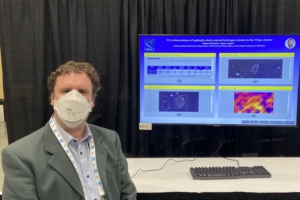
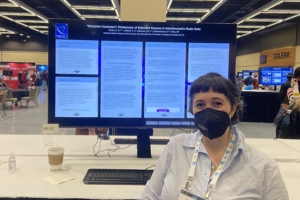
A True View of Infant Star Clusters
Super Star Clusters (SSCs) are dense clusters of bright young stars. As they evolve their intense radiation can clear…
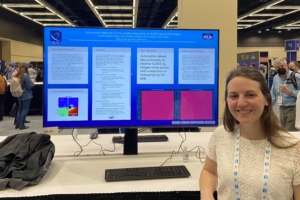
A Quicker Look at VLASS Images
It takes a lot of images to map the heavens. In order for the Very Large Array Sky Survey…
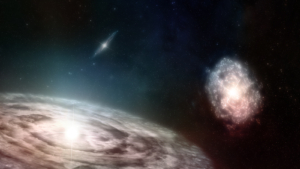
The Chaotic Cores of Perseus Protostars
The formation of a star has a simple tale. A region of interstellar gas collapses under its own weight,…
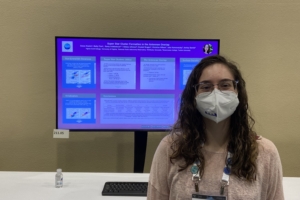
Star Clusters are Super, and Research Student Studies Why
Globular clusters are dense spherical groupings of stars. They are old and hold clues about the history and evolution…
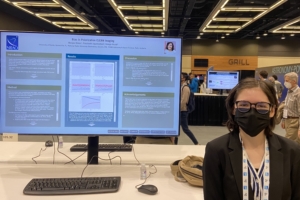
Student Research is CLEAN-ing Radio Images
Radio telescopes such as the Very Large Array (VLA) use an array of antenna dishes to collect faint radio…





